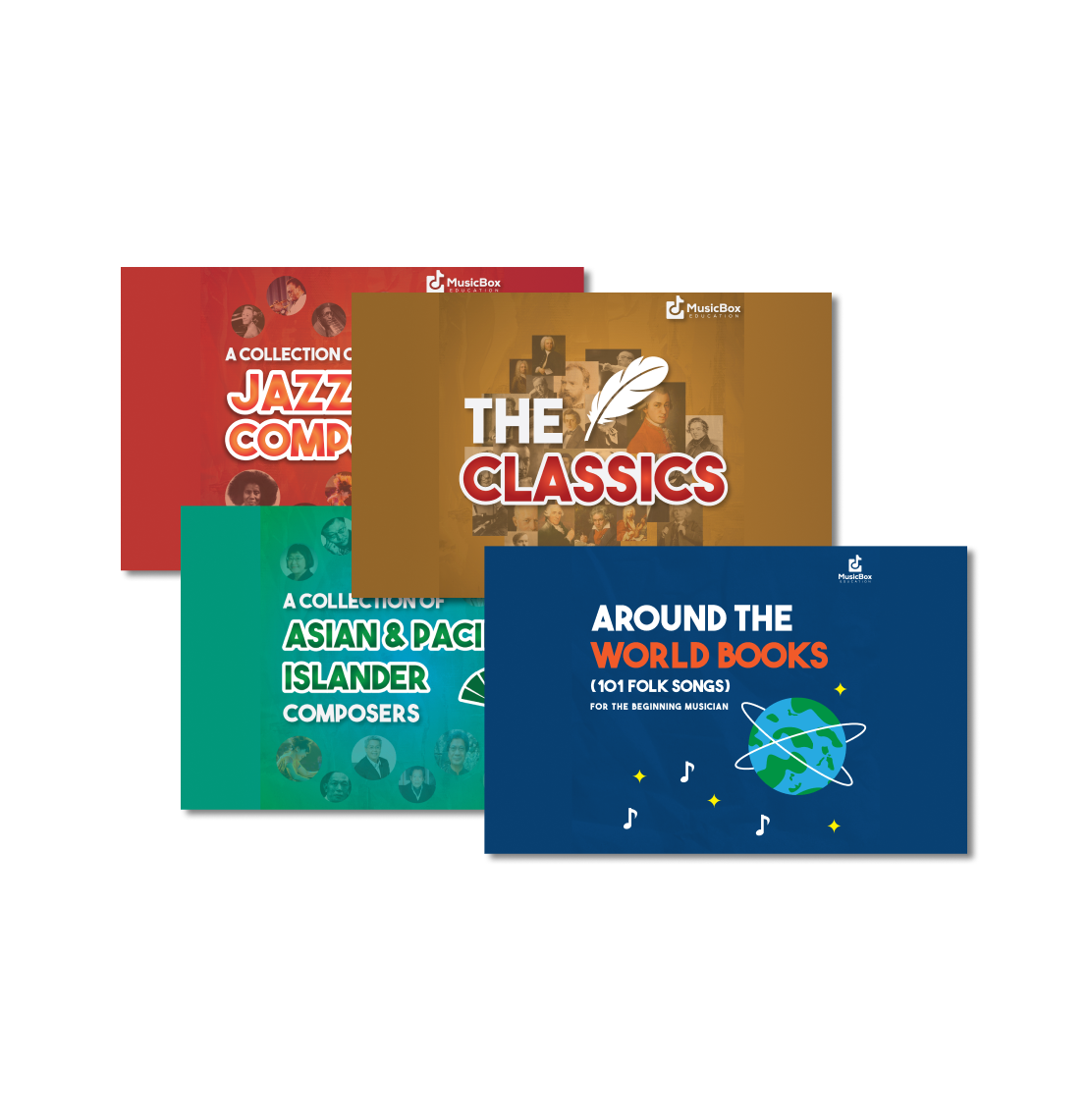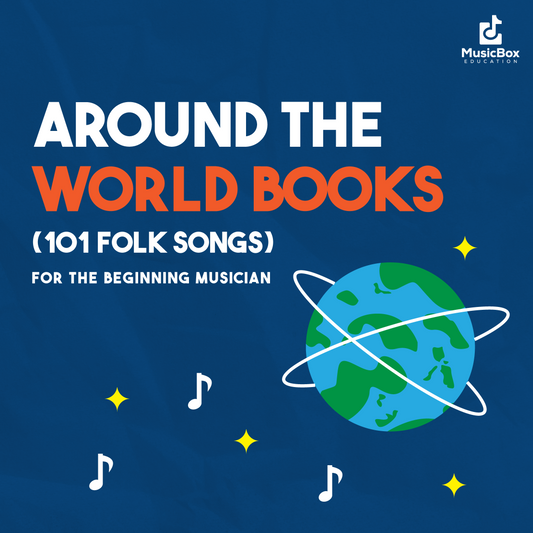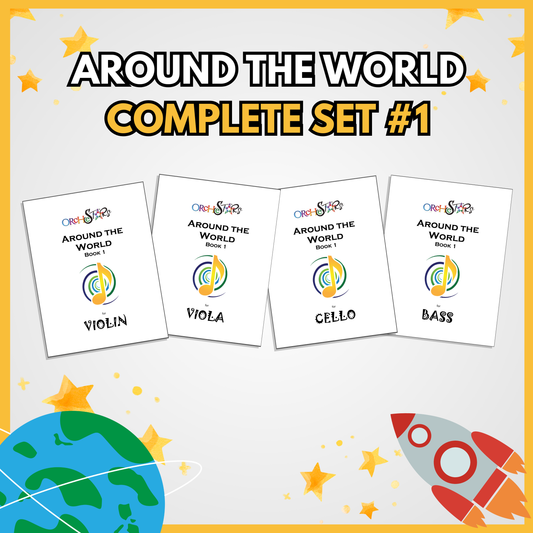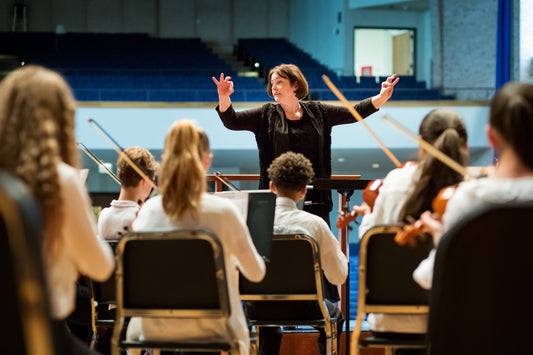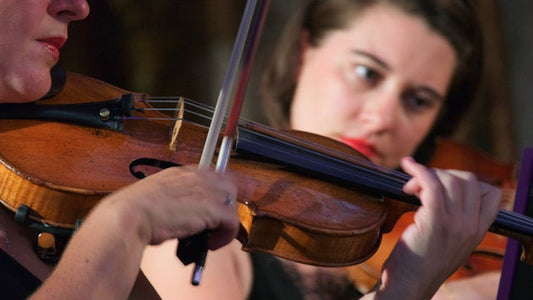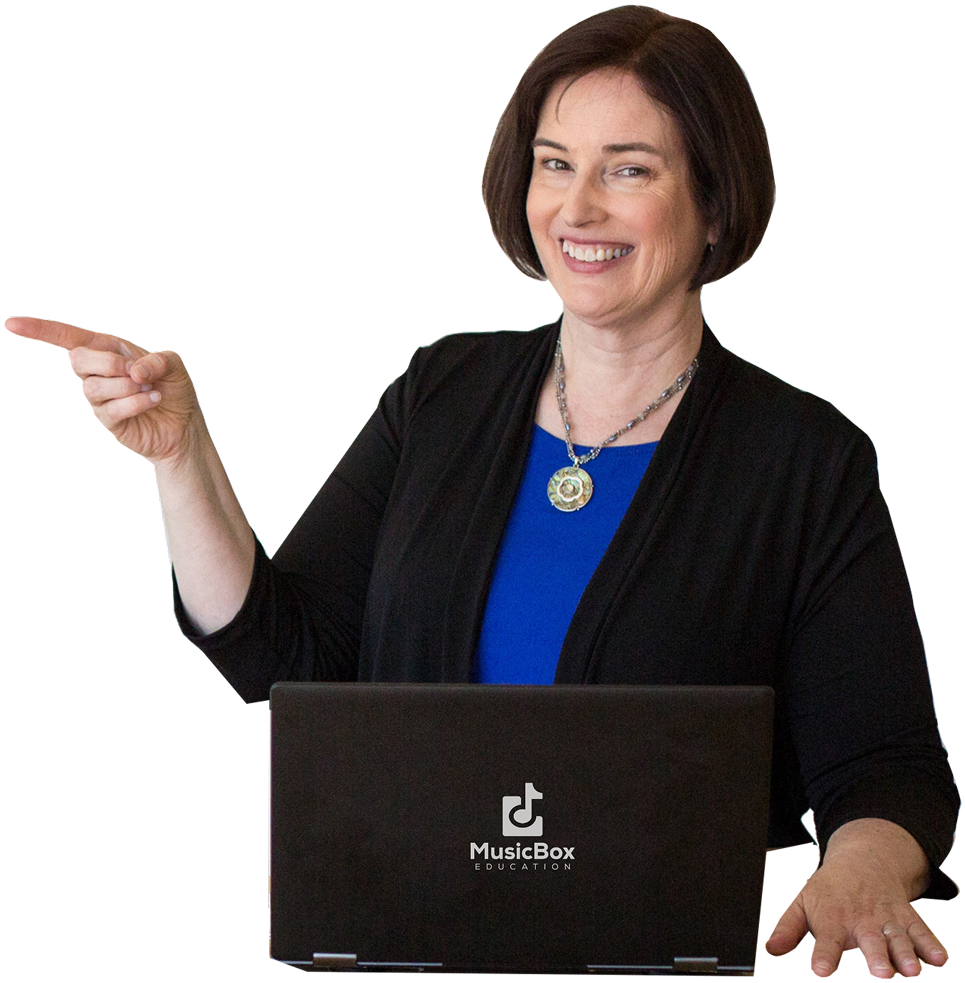Most of us compare musical phrases to sentences and sections to paragraphs, but in the last few years I’ve gone even further. As the sole musician on a district team focused on reading, I discovered reading teachers spend an enormous amount of time discussing authors’ choices and teaching students to decode text.
Understanding Musical Conversation
By borrowing some of the labels learned in language arts classes, I teach my students the idea that music compares to a dialogue. I further introduce the concept of musical conversation by describing that a composer or author uses five basic syntactical devices when writing music: the melody, a harmonic foundation, energy patterns, supporting roles, and interjections.
The Impact of Frontloading Musical Concepts
Because I am using frontload musical concepts, these stepping stones have impacted my students; background knowledge, electrified our performances, enhanced class discussions, and created enthusiasm to make artistic and expressive music.
Expanding Student Analogies
By expanding an analogy that students already grasp, students internalize what it is to play musically and expressively, not just reproducing notes. They know every measure doesn’t fit exactly in these five categories but by evaluating our music, it drives home the importance of every part.
Melody: The Main Character
In Aaron Copland’s book "What to Listen For in Music," he identifies melody as the thread that holds the piece together. In my language analogy for students, I tell them the main character of a piece is the melody.
Harmonic Foundation: The Setting
Harmonic foundation outlines the vertical chord structure, which I compare to the setting of a story. In ELA, students have been drilled to understand that the setting in a book is of vast importance because characters make choices based on their environment.
Energy Patterns: The Driving Force
Conflict – external or internal – defines the growth of characters in static or dynamic ways. In music, rhythm drives the music forward with repeated rhythmic patterns or types of arpeggios in a variety of tempos, which I call energy patterns.
Supporting Roles: The Minor Characters
What would the Lord of the Rings be if the story was simply about Frodo without Sam? Without Gandalf? Or even Elrond, who appears briefly? Supporting roles seem to fall into three categories: support or contrast with the melody, accentuate the energy patterns, or support the harmonic foundation.
Interjections: Musical Interruptions
The last category I name interjection. I use interjections to describe musical conversation where there is an interruption of the main melody, a conjunction to elide the musical phrases, or an exclamation of either argumentation or agreement.
Using Music Vocabulary
By expanding an analogy that students already grasp, students internalize what it is to play musically and expressively, not just reproducing notes. They know every measure doesn’t fit exactly in these five categories but I show them how the composer chose tools to write their music.
Building Musical Scaffolding
As adult musicians, we are very comfortable with our content-specific vocabulary and concepts, but if our students’ scaffolding is shaky to begin with, the music words tip right off their platform. Using the concepts and ideas that they have been taught in their language arts classes allows my students to build the background knowledge needed.
Teaching Tip
Since most of the music on students’ iPods have a singer on the melody, they are very aware of melodic structure. As an introduction, play "Twinkle Twinkle Little Star," "Baa Baa Black Sheep," and the Alphabet Song and demonstrate the rhythmic changes to the melody.
